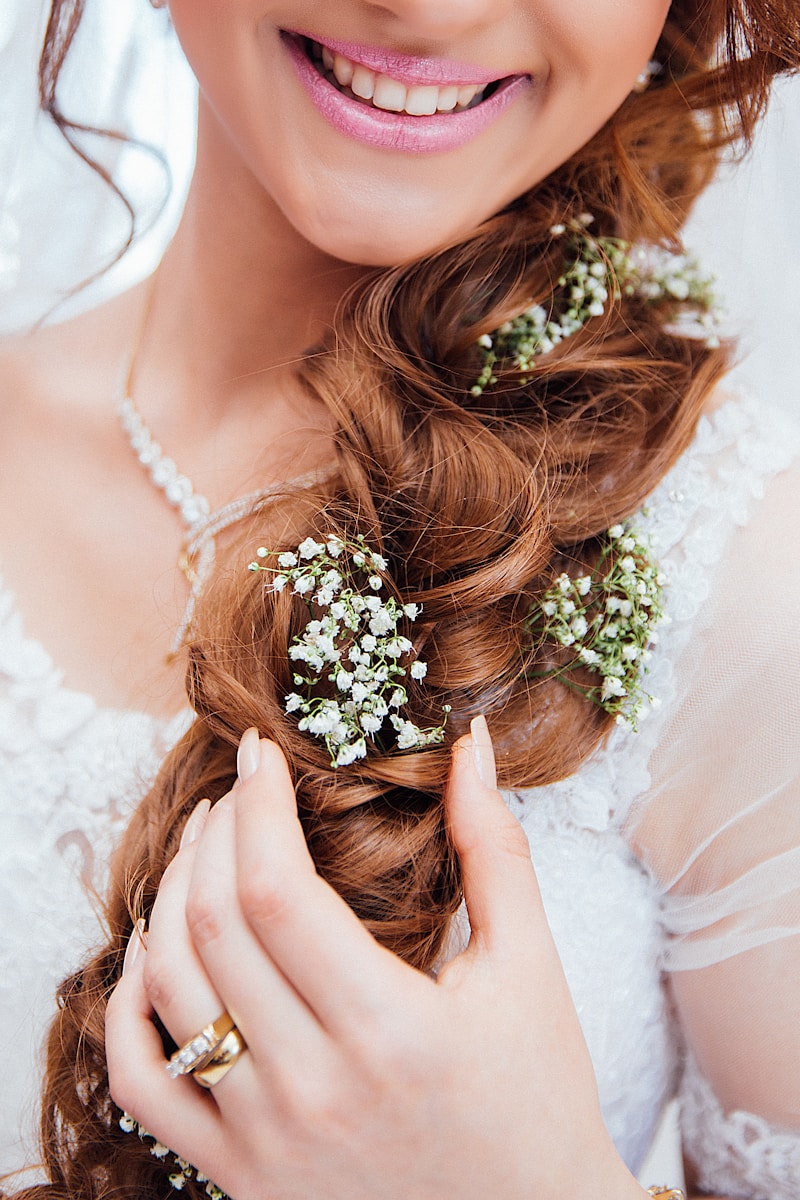Sizing Guide for Custom Bridal Gowns: The Ultimate Reference for Every Bride
Your wedding day is one of the most special occasions in your life, and choosing the perfect bridal gown is a critical step in making your dream come true. However, one aspect that often gets overlooked is the importance of accurate sizing for custom bridal gowns. This article serves as a comprehensive sizing guide to help brides navigate the process of ordering their custom dress with confidence.
Understanding the Importance of Proper Sizing
When it comes to custom bridal gowns, the fit can make or break your wedding day look. An ill-fitting dress can cause discomfort and distract you from your joyous celebration. Therefore, having knowledge about how to take accurate measurements and understand sizing standards is crucial. Below, we’ll dive into the common sizing terms and the essential measurements you will need.
Common Bridal Sizing Terms
| Term | Definition |
| Ready-to-wear | Standardized sizes available in retail stores. |
| Custom Fit | A gown tailored specifically to your body measurements. |
| Fit and Flare | A style that hugs the body until the hip and then flares out. |
| A-Line | A silhouette that flares out from the waist, resembling the shape of a letter 'A.' |
| Sheath | A form-fitting design that follows the body's natural shape. |
Essential Measurements for Custom Gowns
Now that you’re familiar with common terms, let's discuss the essential measurements required for a custom bridal gown. It’s recommended to have a professional take these measurements; however, if you choose to do it at home, follow these steps carefully:
1. Bust Measurement
To measure your bust, wrap a measuring tape around the fullest part of your chest, ensuring it's snug but not tight. This is crucial for determining the upper fit of your gown.
2. Waist Measurement
Your waist measurement should be taken at the narrowest point of your torso, generally just above your belly button. Make sure to stand naturally and breathe comfortably while measuring.
3. Hip Measurement
This measurement should be taken around the fullest part of your hips. Ensure the tape is parallel to the floor for accuracy.
4. Hollow to Hem Measurement
This measures the distance from the hollow of your neck, which is the indentation at the base of your collarbone, to the hem of the dress. This is important for determining the length of the gown.
5. Additional Measurements
Depending on your desired style, you may also need to measure the arm length, shoulder width, and neckline depth. These additional measurements help ensure a snug yet comfortable fit.
Different Body Types and Bridal Dress Styles
Understanding your body type is essential in selecting the right fit for your custom bridal gown. Here are some common body types and dress styles that complement them:
| Body Type | Recommended Style |
| Straight | A-Line or Ball Gown |
| Hourglass | Fit and Flare or Mermaid |
| Pear | Empire Waist or Ball Gown |
| Apple | Sheath or A-Line |
| Petite | Shorter Styles or A-Line |
What to Remember When Ordering Your Custom Gown
Once you have all your measurements, the next step is to choose a designer and place your order. Here are some tips to keep in mind during your ordering process:
- Research Designers: Look for designers who specialize in custom bridal gowns and check their reviews and portfolios to ensure you choose someone whose style resonates with you.
- Consultation: Schedule a consultation with your chosen designer to discuss your vision, budget, and timeline. Communication is key when it comes to custom gowns.
- Timeline: Start this process at least 6-9 months before your wedding day to allow ample time for fittings and adjustments.
- Fittings: Expect multiple fittings as your dress is being created. Don’t hesitate to bring someone along for support and a second opinion.
Frequently Asked Questions About Custom Bridal Gowns
As you navigate through the process, you may have additional questions. Here are a few commonly asked questions that brides often have:
Can I alter a ready-to-wear gown to fit my measurements?
Yes, while it's possible to alter a ready-to-wear gown, custom bridal gowns are specifically tailored to your measurements, which can often provide a better fit.
How much does a custom bridal gown typically cost?
Costs can vary widely depending on the designer, materials, and complexity of the design. On average, expect to spend anywhere from $1,500 to $5,000 or more.
How many fittings will I need?
Typically, 2-4 fittings are required to ensure the perfect fit, with some designers scheduling more if necessary.
Final Thoughts
Choosing the right size for your custom bridal gown is imperative to achieving the bridal look you've envisioned for your wedding day. By taking accurate measurements, understanding the various styles, and allowing ample time for fittings, you can ensure that you'll look and feel your best. Remember to stay flexible and keep open communication with your designer throughout the process. Your custom gown should reflect your unique style and personality, making your special day even more memorable.
